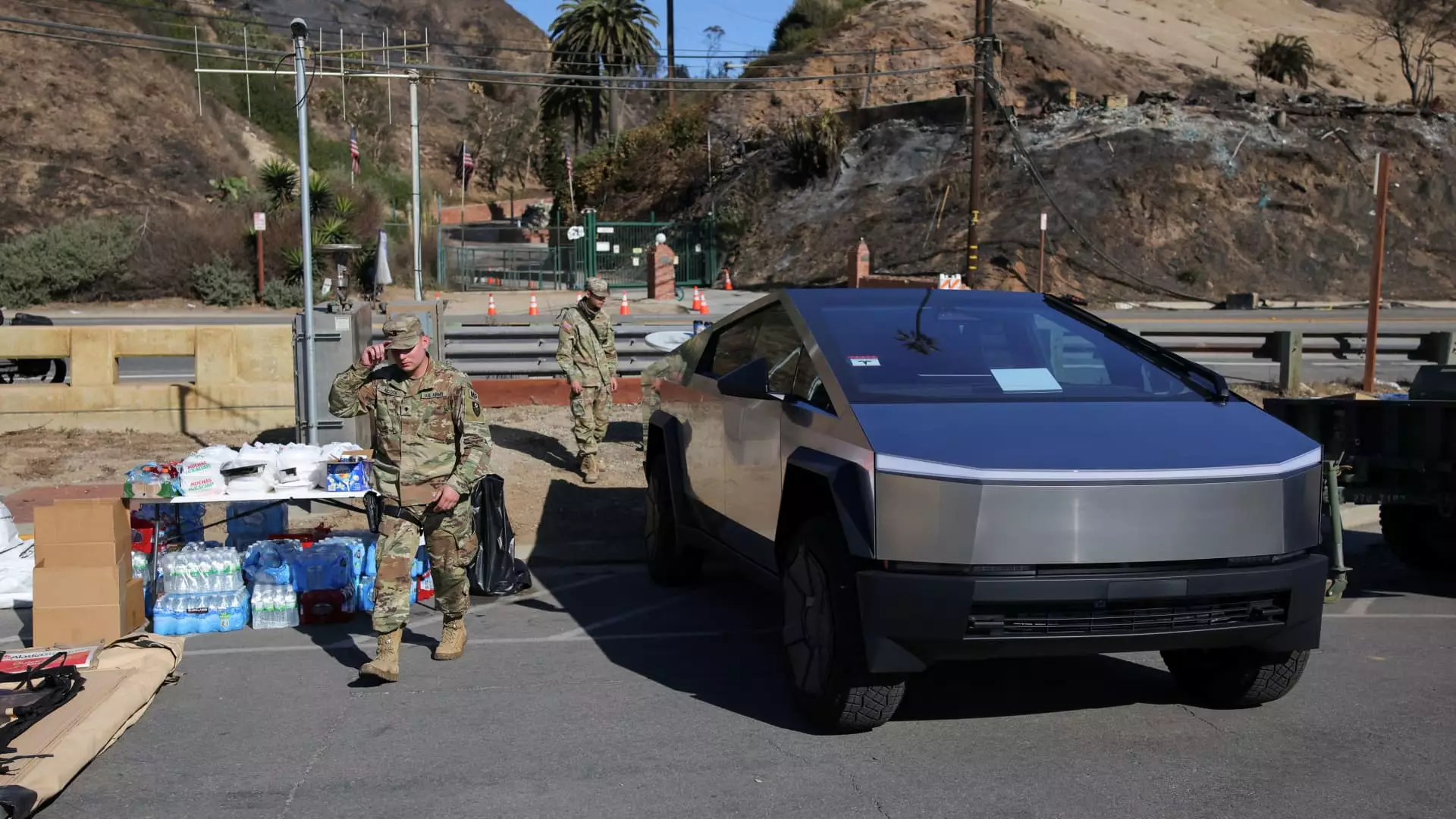This week, Tesla made headlines by rolling out discounts on its newly released Cybertruck vehicles. According to the company’s latest listings, these discounts can go as high as $1,600, depending on the specifics of each vehicle’s configuration. Interestingly, demo models are seeing reductions that can amount to about $2,600. This move comes at a time when production at Tesla’s Austin, Texas plant has reportedly slowed, raising questions about demand and operational efficiency. As deliveries of the highly anticipated, albeit unconventional, Cybertruck began only in 2023, the introduction of discounts can be interpreted as a strategy to bolster sales amid inconsistent supply chain issues and customer interest.
When Elon Musk initially launched the Cybertruck in 2019, the anticipated price point hovered around $40,000. However, as 2024 approached, the reality diverged significantly, with the base price scaling upwards closer to $80,000 in the U.S. The soaring costs have positioned the Cybertruck into a segment with fierce competition, challenging its attractiveness as a value proposition for potential buyers. While Tesla’s strategic pricing may appeal to consumers desiring a unique vehicle, the high base price coupled with ongoing recalls—including six recalls in just one year—poses challenges that the company must tackle if it aims to regain consumer confidence.
Despite having outsold competitors like the Ford Lightning F-150 in 2023 and achieving status as the fifth best-selling electric vehicle in the U.S., Tesla’s growth narrative is becoming increasingly complicated. The company faced declining sales numbers even amidst a backdrop of record EV demand worldwide. The overall EV market dynamics, characterized by 1.3 million sales in 2024—an increase of 7.3% year-on-year—have not spared Tesla, which reported a drop of approximately 37,000 vehicles in its overall sales figures. The pressing influx of competitive models from various automakers has undeniably chipped away at Tesla’s once-dominant market share.
In a surprising move, Musk recently issued an apology to Californian customers for delays in their anticipated Cybertruck deliveries. He pointed out that many of these vehicles are currently being repurposed to provide critical wireless internet connectivity and supplies to areas devastated by wildfires in Los Angeles. This unique approach highlights a dual-use purpose for the trucks, demonstrating Tesla’s commitment to community support, albeit at the expense of timely delivery for enthusiastic buyers. Musk’s public acknowledgment of these challenges reflects an understanding of consumer sentiments and a willingness to engage directly with customers regarding their expectations.
As Tesla navigates the complex landscape of electric vehicle sales, the Cybertruck stands at a crossroads. With its distinctive design, high pricing, and the array of challenges related to production and recalls, Tesla must adapt its strategies to sustain consumer interest and loyalty. The introduction of discounts could serve as a temporary fix, but long-term solutions must address ongoing production issues and competition. As the EV market continues to evolve, Tesla’s resilience and innovation will be critical in determining the future trajectory of the Cybertruck and the company at large.

Leave a Reply